Everyone knows wasps. These flying insects that so many people still often confuse to bees may be rather useful, in particular, because they kill the pests that cause damage to the plants. However, wasps can be a treat for humans as well!
Their sting is poisonous and may cause itching, swelling, and even inflammation. And the treat may become even more serious if a wasp gets suddenly trapped inside of your home!
This is why so many people keep asking what they should do if they find a wasp being trapped indoors. Do they have to kill it?
Or would that be better if they try to catch it and get rid of it without killing an insect? And by the way, how long do wasps live indoors?
Hold on folks, this is what we are going to discuss today! From this article, you will get the answers to such questions as “how long do wasps live?” and “what to do if a wasp stings you?”.
Also, we will tell you what poison should be used for destroying wasps, and what precautionary measures should be taken when doing this.
Finally, you will learn more about the lifespan and the life cycle of this insect, as well as why you should not consider a wasp as a hazard only.
How Long Does It Take For a Wasp to Die If It Gets Trapped In the House?
Imagine it is summer outside: a warm and sunny day, flowers in bloom, and naturally, you want to keep all the windows in your house or apartment open to let as much fresh air in as possible! However, along with that fresh air, some unwelcome guests may come as well. For example, wasps.
If you spot a wasp in your home, you might be wondering how you could get rid of it and how much time this insect is able to last when being trapped indoors like this.
The latter question is especially worrying since having a wasp somewhere in your home is like playing russian roulette: you never know when it bangs! And if you have little children or pets, dealing with this insect as soon as possible is a must.
So what about the duration of its life? Well, in general, an adult wasp lives around four to six weeks if it has enough food and water to support itself. After that period of time, the insect dies naturally (yep, wasps do not live long).
So if a wasp finds enough food and water in your home, which is most likely there, you should expect it to dwell in your house or apartment from four and up to six weeks.
But that’s only during the warm season! If it doesn’t get enough food and water, a wasp living indoors can last up to ten days only.
During the cold season, however, wasps hibernate, so you might not even be able to spot this insect if it manages to fall asleep in your house.
You might object that wasps die when winter comes since their bodies are not able to withstand cold. In fact, this is true, but again, if a wasp finds its way into your home and stays there unharmed, chances are that it hibernates and stays there till spring.
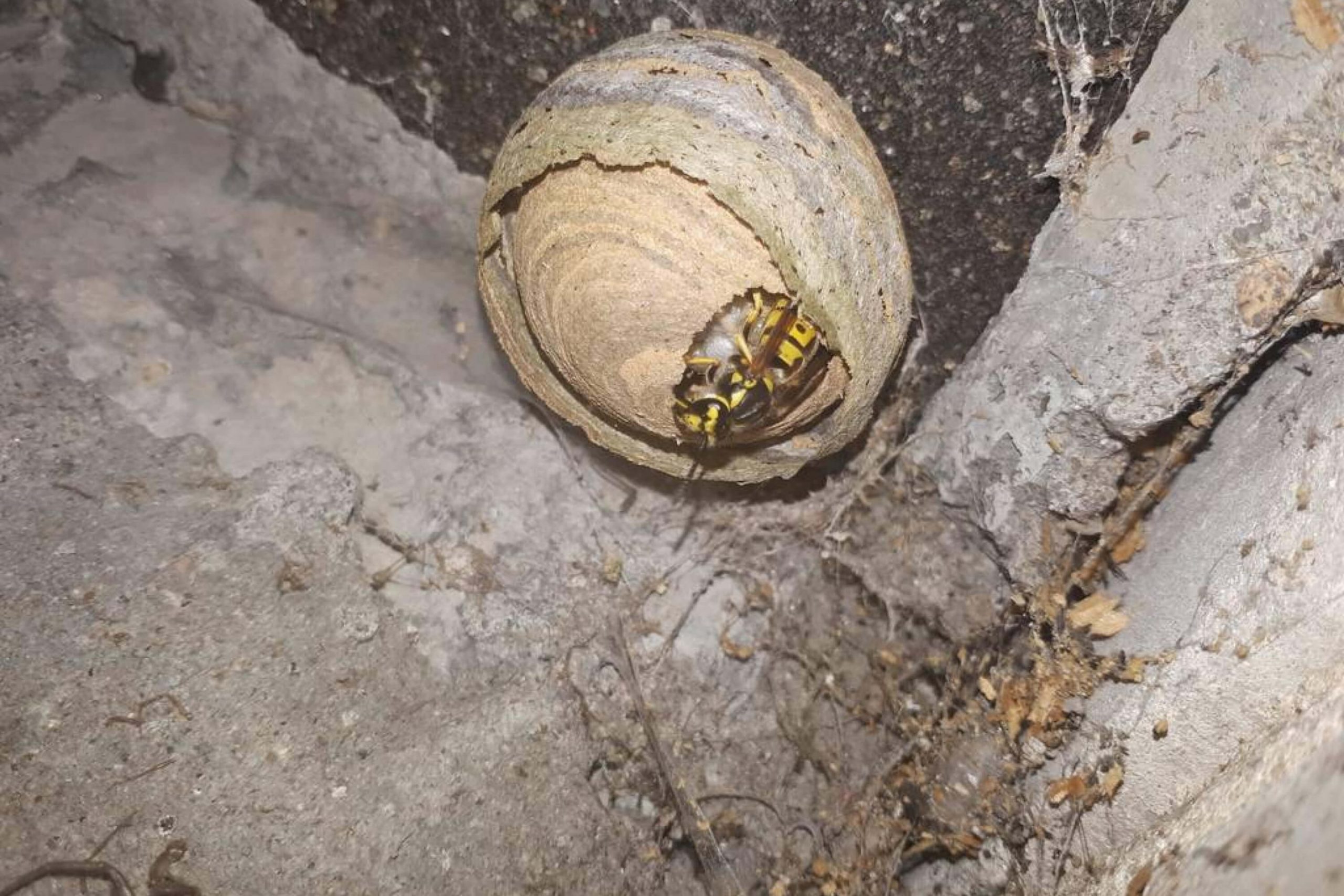
How Long Is the Lifespan Of a Wasp?
All right, some of you may say, so wasps live from four to six weeks. But how long do wasps live in their natural surroundings, not indoors?
The typical lifespan of a wasp varies depending on the species type. But the average lifespan duration is between four to six weeks as we have already told you before. However, the queens can live up to eight and even ten months!
The most common wasp that can often be found around our homes and gardens is called the paper wasp. A single colony of this wasp kind lasts on average around two hundred days from founding to producing worker wasps. Each colony can have up to four generations of wasp living together, including an egg stage that lasts around thirteen days.
Then, from egg to pupation stage, a larval paper wasp goes through five instars before pupating. The larva stage lasts about twenty four days. An adult wasp comes out of the pupa in twenty two days, while some kinds of wasps live about thirty eight days.
What Stages Does a Wasp Life Cycle Consist Of?
Wasps only seem so simple! In fact, these insects are highly organized and they have a rather complicated life cycle that they share with some other insects, for example, with bees, ants, hornets, butterflies, etc.
But in general, each kind of wasp has the same stages of their lifespan that are egg, larva, pupa, and adult stages. Below,we will explain what distinctions each of them has and how the development of an insect happens until it reaches its full form.
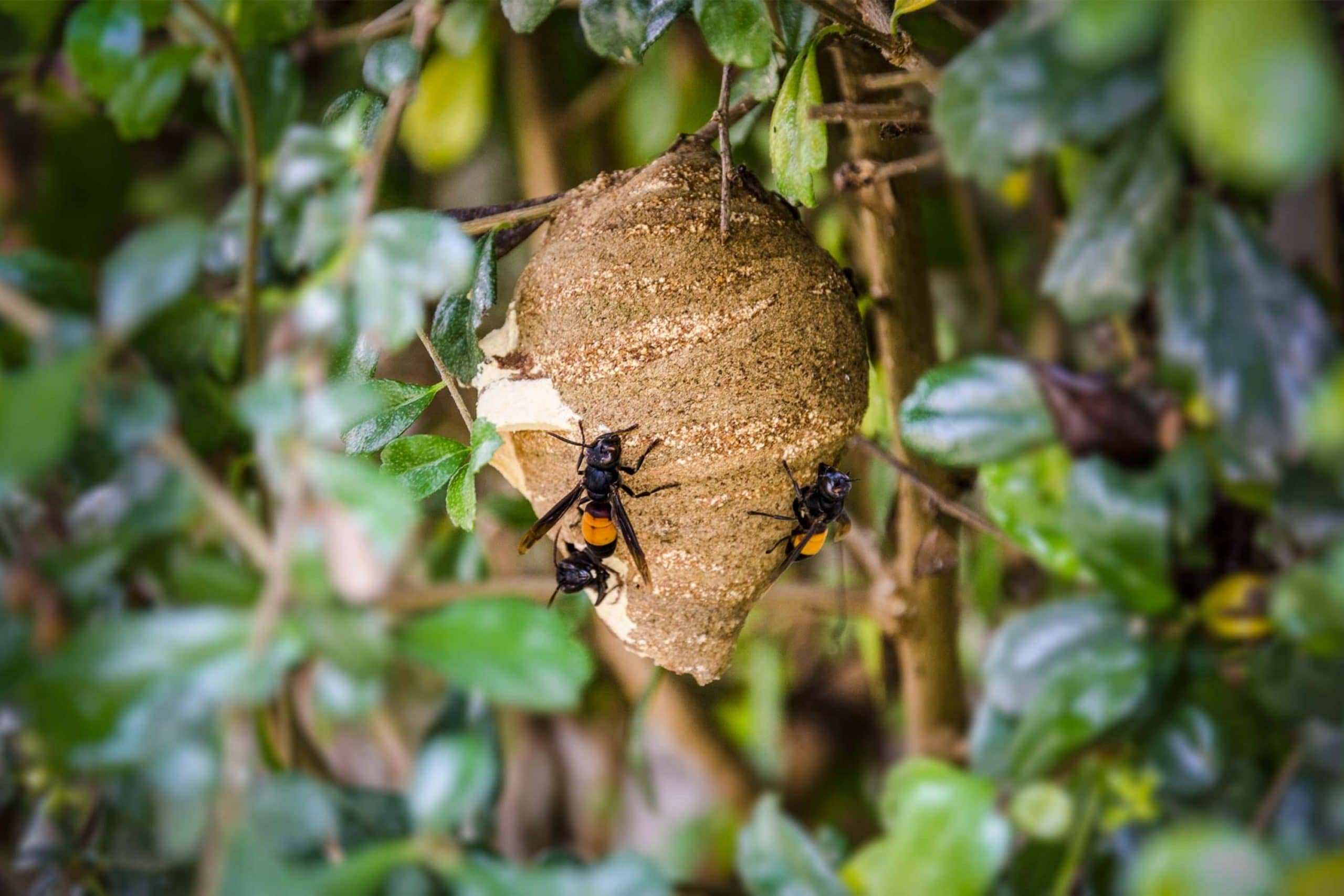
Egg stage
This is the very first and the most vulnerable stage of the wasp life cycle. The survival of the future insect highly depends on the mother wasp since she must place the eggs in the optimal and the most secured location.
Larvae stage
When the wasp egg hatches, a larva emerges. It has a soft, flexible body, and it molts periodically, shedding the old skin and expanding before the new one hardens. These intervals between the molts are called instars.
On average, a wasp goes through three to five instars depending on the species type. Also, the wasp remains in a larva form for three weeks before transforming to the next stage which is called pupa.
Pupa stage
After three weeks, wasp larvae change into a pupa weaving silk substances around itself to create a cocoon. This cocoon helps it insulate from excessive cold and serves as a protection from parasites.
Adult stage
This is the final stage of a wasp’s life cycle. It starts when the larva goes through a transformation while it is in a cocoon. After the process is complete, the adult wasp chews its way out of a cocoon. Now it is ready to feed and reproduce.
However, this is the adult stage when the majority of wasps die before they can reach an entire life. As for the male wasps, they often die right after they mate with the queen.
What Wasp Treatment to Use to Keep These Insects Away From Your House?
Wasps, just like some other insects, e.g. bees, hornets, and yellow jackets are our frequent guests during the picnics and other outdoor events that provide plenty of their favorite foods, such as sweets, soda, fruit, etc.
However, none of us wants to find a wasp nest in their backyard one day, especially those who have little children or pets.
This is why it is important to know about the wasp infestation treatment.
Fortunately, you can make use of the following tips and life hacks in order to get rid of wasps and prevent them from coming back:
- Remove all the wasp nests that you can find around your home and garden. Remove the wasp nest and kill the queen at this time to prevent the nest from growing since it is the wasp queen that builds the nest.
- You can make a wasp catcher with the help of a simple DIY kit. If you have to remove a small nest, the easiest way would be to take a glass of water and add a few drops of dishwasher soap to it. Then just press that soapy water against the wasp nest! In less than a minute, all wasps will drown.
- Commercial wasp sprays can also be handy. You can spray them to close the wash entrance to the nest. The solution also disintegrates the nest, killing any egg and queen wasp inside.
- If you notice wasps that are making their nests underground, you can use water to drown the nest at night or use fire to burn it.
- You can also buy wash traps that are a very effective and safe way to catch and kill them.
Like this, you will be able to get rid of these insects quite easily. And if you want to prevent wasps from coming back, you could install a bird feeder in your garden or yard to attract birds that are wasps’ natural predators.
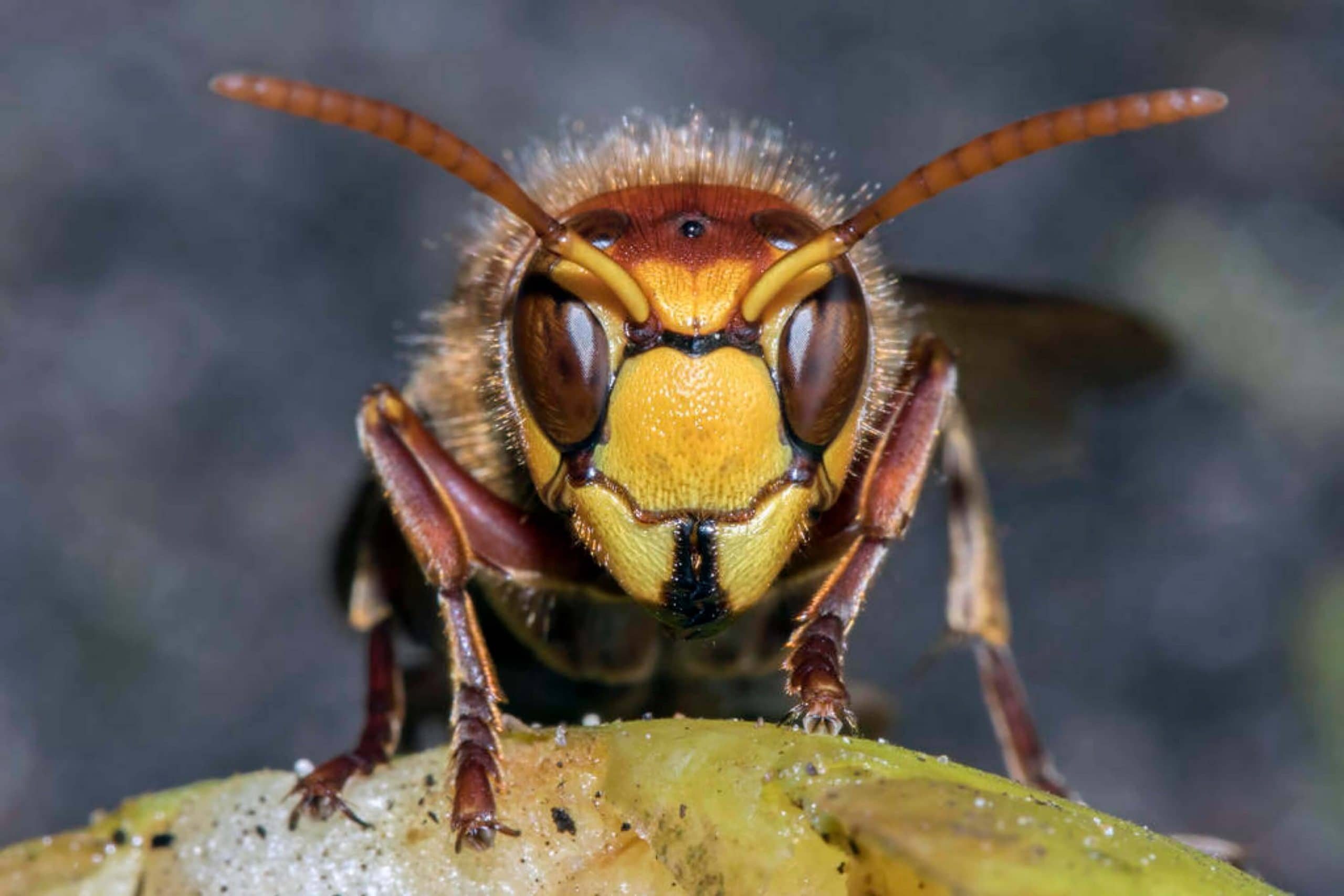
How to Get a Wasp Out Of Your House If It Gets There?
All of us know this situation when you open the window in summer, and here it is already! A wasp is now flying around your home being out of your reach!
These insects tend to fly into our homes mostly during the summer since they are attracted by the warmth inside the house and the smell of food and fruit.
And since this is the time when wasps come out of the larva stage, they are very hungry and constantly searching for food and water!
So what shall you do in case a wasp pays you a visit? Of course, the insect should not remain indoors!
- The best way to remove it quickly, easily and is to use a towel or a newspaper and direct the unwelcome guest toward the door.
- Just swing the towel or the newspaper around to make the wasp fly directly toward the entrance.
- After you lead it to the door, quickly open it and let the wasp fly outside.
- Then shut the door immediately so that the wasp won’t fly back again.
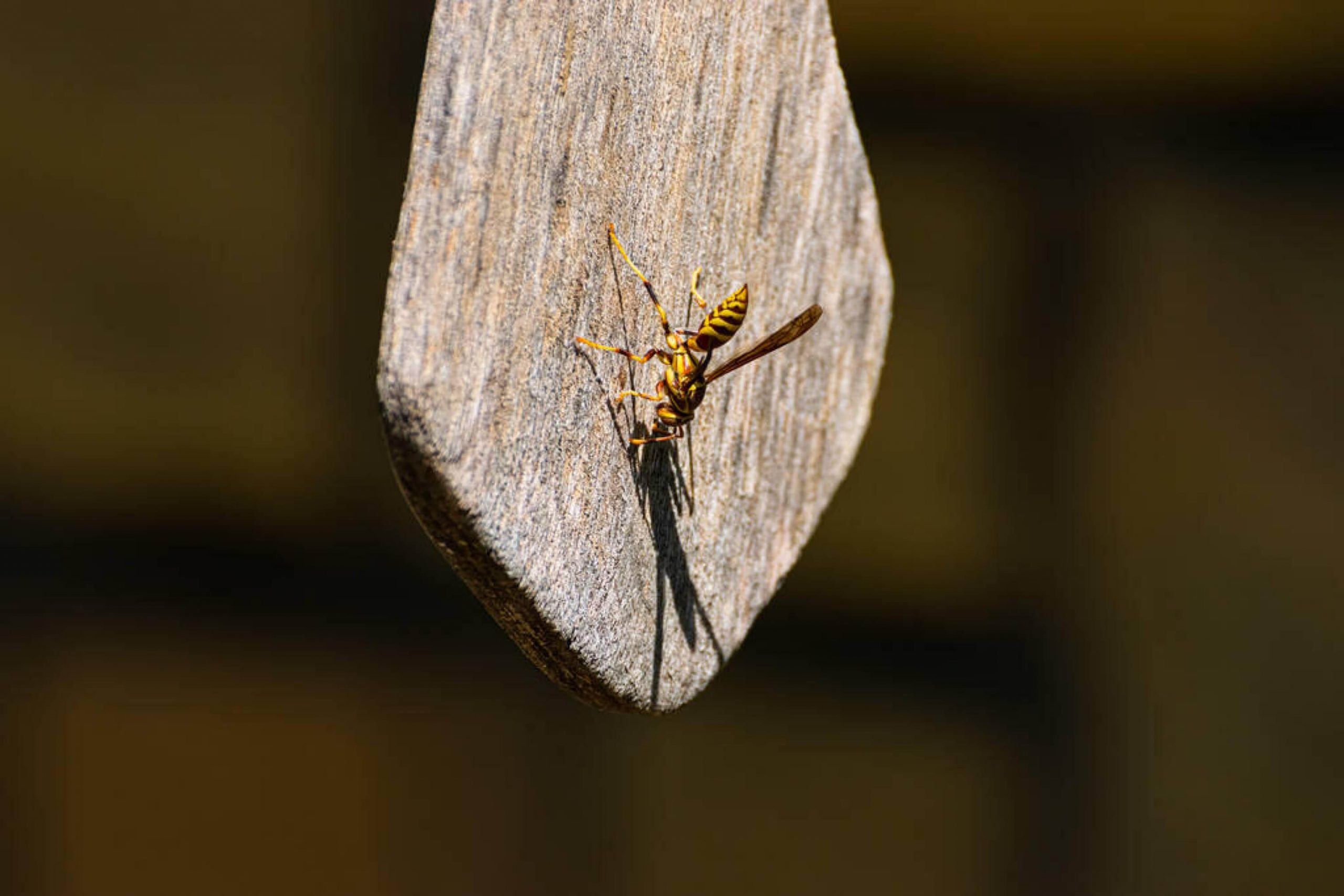
What to Do If a Wasp Stings You?
A wasp’s sting can be rather painful causing itchiness, swelling, and inflammation. But if you are allergic to the venom of these insects, you must be extremely cautious!
So what shall be done if a wasp does sting you?
- Wash the area with warm water and soap. It will help you to remove any bacteria or venom the wasp might have carried.
- This will also help wash out the venom left behind by the wasp.
- Then, wrap a thin cloth around an ice or a cold pack. Apply it to the sting area for 30 to 60 minutes, with the intervals of 10 minutes on and off. The cold will reduce the swelling and pain.
- Take anti-inflammatory medication in order to reduce the swelling. This will also help you lessen the pain.
- Apply antihistamine as well to reduce the itchiness which can increase for hours after the initial sting. We suggest you apply either an antihistamine, corticosteroid, or calamine cream to the entire red and swollen area.
With the help of these simple actions, you will be able to make the wasp’s sting way less painful.
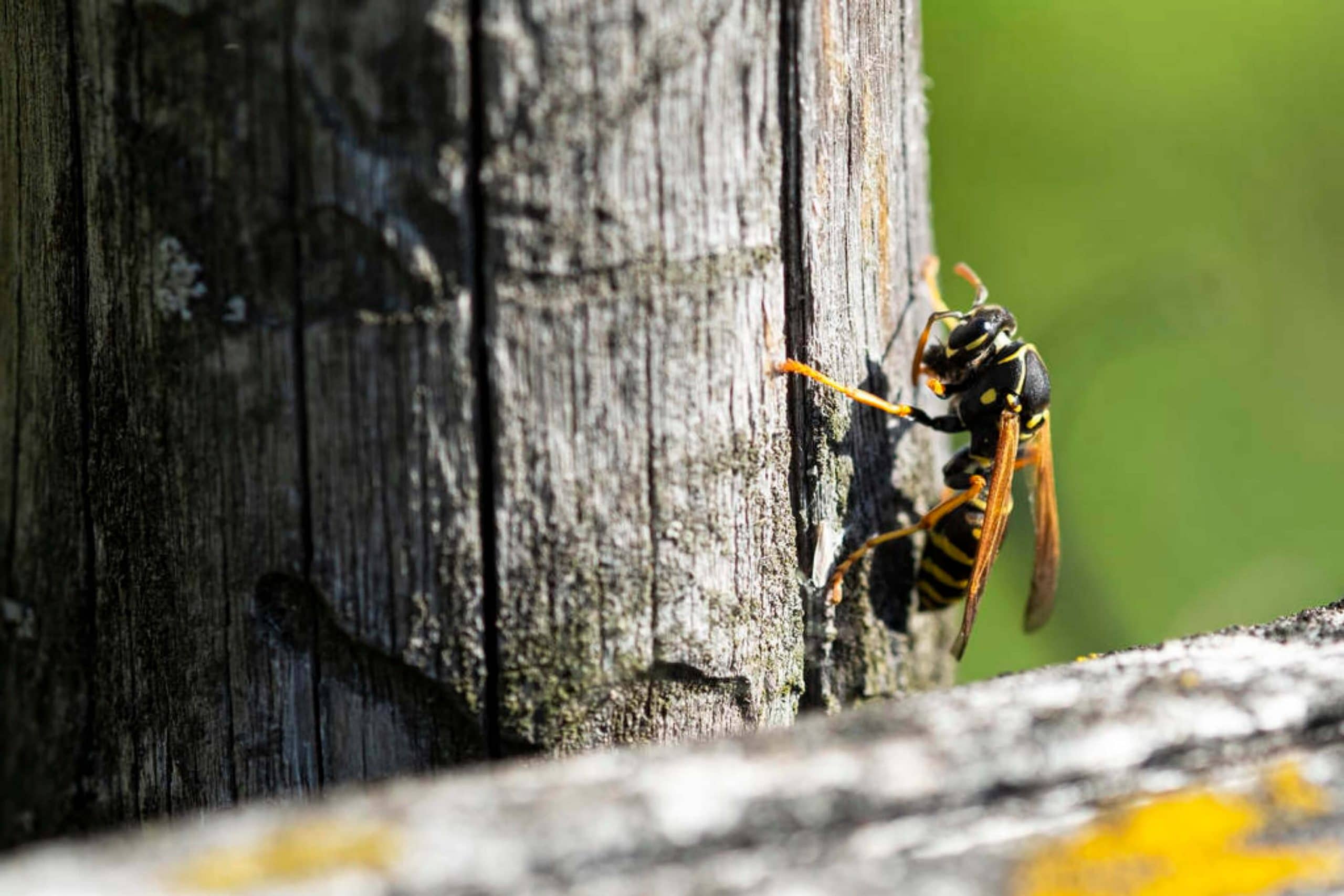
When to See a Doctor If a Wasp Stings You?
Usually, a wasp’s sting lasts around a day and then disappears along with all the symptoms. However, in some cases, if it lasts longer and if it’s followed by certain symptoms that we will describe below, you will have to visit a doctor since those could be the signs of inflammation!
- Tightness in the throat or chest
- Tickling in your throat
- Uncontrolled coughing
- Wheezing in the chest
- Nausea or vomiting
- Dizziness or fainting
- Profuse sweating
- Anxiety
- Hives over large parts of your body
If you have any of these, go to the hospital immediately! In this case, a wasp’s sting must be treated by a professional.
So, now you know not only about the lifespan of a wasp, but also about what to do to get rid of it in your house and even about the first aid methods to use if a wasp stings you.
[wp-faq-schema title=”Frequently Asked Questions”]
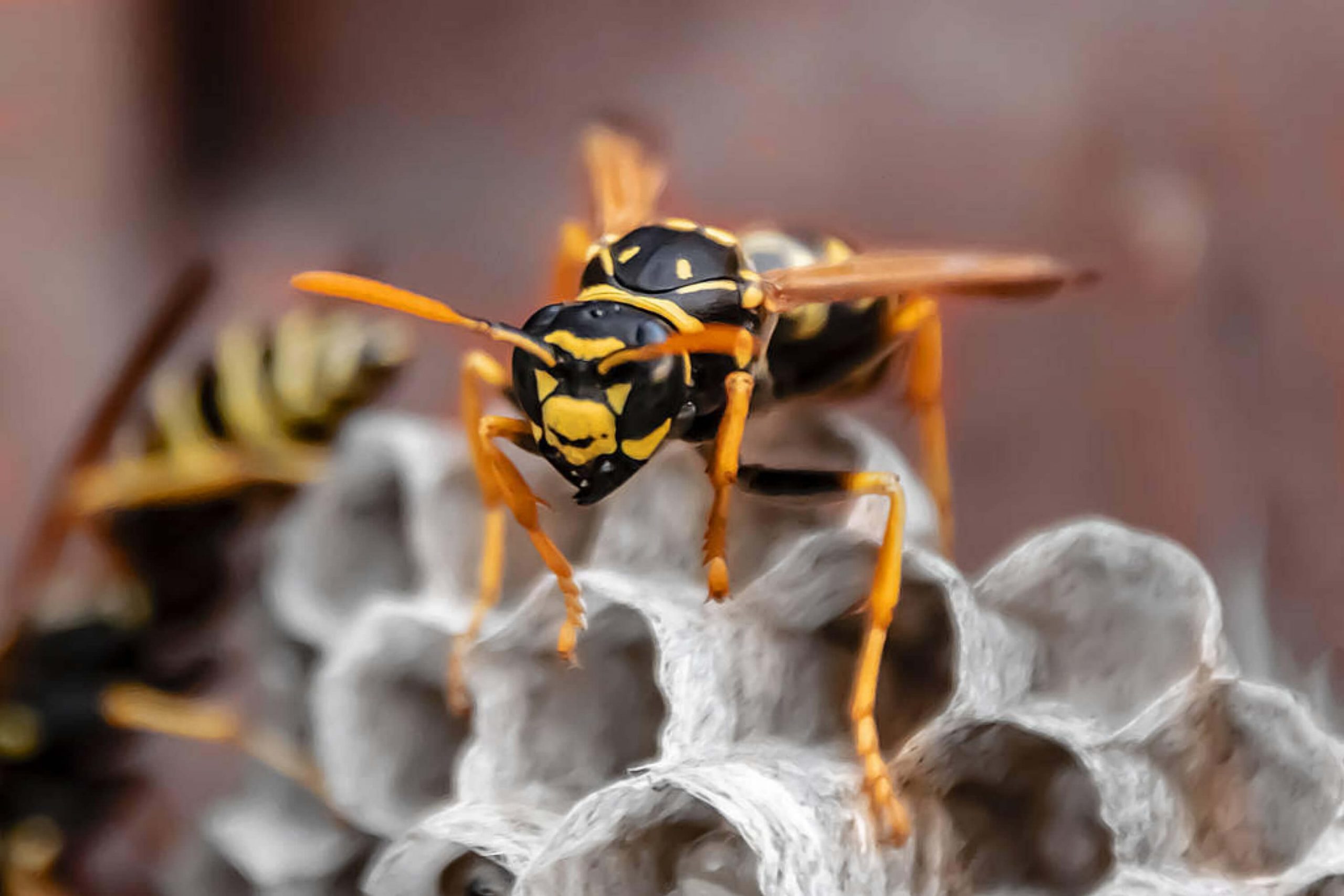
Why do wasps keep coming back? We have removed the nest, but they still fly around the garden. We don’t have fruit trees or berries growing, so I don’t know what could be the reason. Any ideas?
Well, I guess they are attracted by something sweet. Maybe, you keep fruit on the counter? Or candy? Try to remove such things and keep them covered. You know, even if you have flowers indoors, like flowers in vases, wasps can be attracted by those!
Hi everyone! I need your help please. If I kill a wasp, will more come? I found a wasp indoors yesterday, and as far as I know, it’s still inside. I’m only afraid that, if I kill it, other insects will come.
Well…I don’t think that killing one wasp can have such an aftermath. If you don’t have a wasp nest in your home or garden, then it’s not likely that killing one insect can result in all the hive coming.
Hi! Thanks for the article so much! It was really helpful since we fight wasps every year! Could you please tell me whether a wasp bite can cause allergies or suffocation if the person is basically not allergic to their poison? I heard of ir from someone and now I’m really freaked out when I see a wasp in the house
Well, if the person you’re talking about is surely not allergic to such stings, he or she can safely tolerate 10 stings for each pound of body weight. This means that the adult is able to withstand more than 1,000 stings! However, note that a child can easily be killed by 500 stings!
Hey folks! Do you guys know how exactly our body reacts to a wasp’s sting? Let’s say, if an average person that has a good health and is not allergic to wasps was stung. Thanks!
Well, after the initial sting, you will mostly feel only minor discomfort. It can be easily treated at home. As for the common wasp sting symptoms, they include pain in the sting area, swelling and redness that extends out of the sting site, and often itching. Also, if the sting is fresh, you may feel that the place where the wasp hit you is hot like it’s burnt. If your body does have any reaction to the sting, you might also have hives.
What happens if you kill a wasp in your house? Is it possible that all the hive will come into the house?
Never kill a wasp in your house! The problem is that when you kill a wasp, it releases a chemical that attracts other wasps and puts them in a frenzy. In other words, one dead wasp can lead to other wasps trying to get to you!
A wasp got into my house and I can’t get rid of it. I know I should not kill it, otherwise, all the others will come in. But how long can a wasp survive indoors without food or water? Will it just eventually die?
Well, since the wasp is indoors, it does have sources of water at least. A single wasp can live up to three or four days trapped inside. But if there are sources of food and/or water, it could live as long as three months!
Hi! I need your help badly! Can I sleep with a wasp in my room? It’s definitely not a bee but I’m afraid it can sting me!
I guess you’ll most likely be fine. But you should make sure other wasps won’t get in! The windows must be kept shut and all the cracks and other entering points should be sealed.
Thanks for such a detailed information about wasps. Could you please tell me how long does it take for a hornet to die in a house? Does it also live for months like a wasp?
As far as I know, hornets can live indoors for a few days and then they die. But the exact number of days depends on the species and the conditions. Since it’s in your house, then it has the source of water and maybe food.
How long can a wasp survive indoors without food or water? We have wasps nesting in our garden in summer and they often get indoors. So I was thinking about how long they can live like this.
Well, wasps can survive with no food and water for 10 days maximum. If you keep them in a jar, they’ll die in two or three days already.
How long does it take for a hornet to die in a house? I know wasps can live for a week or so, but are hornets as durable as wasps?
If I recall it right, typically, it is a few days. But it depends on the species and what the conditions are like.
How long can a wasp survive without water if it’s kept in a jar?
I guess it won’t last more than a couple of days! At least that’s how long they made it when we used to catch them as kids.
We have a wasp nest in the attic so I want to get rid of it with a special spray. Does anyone know how long it takes for a wasp to die after being sprayed?
After the application of a treatment, stay away from the nest and the area for a couple of hours, or until all activity has ceased. Wasps usually die off within 15 minutes after the treatment.
How long does it take for a wasp to die in a hot car?
Inside a hot car with no access to food or water, a wasp won’t survive longer than 72 hours.
Hi! I’m here for your advice. Will wasps die if trapped in walls? Can anyone make it clear to me please?
As far as I remember, a single wasp can live up to three or four days trapped inside. If there is a food or water source, it could live as long as three months.
Why do wasps die indoors even when there is food and water?